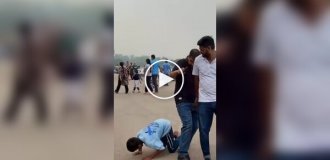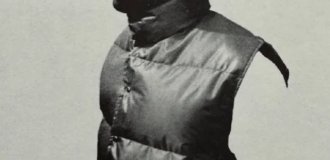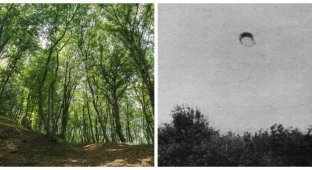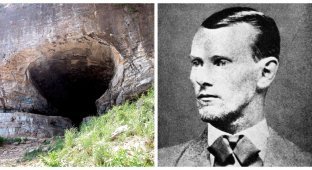Southwestern Vermont is known for its rugged, yet beautiful nature. But one area of dense forest covering 36 square miles has become famous in a special way – it has become the setting for one of the greatest mysteries. Between 1945 and 1950, a series of unsolved disappearances occurred in the area known as the Bennington Triangle. It shook the surrounding communities and still baffles everyone. 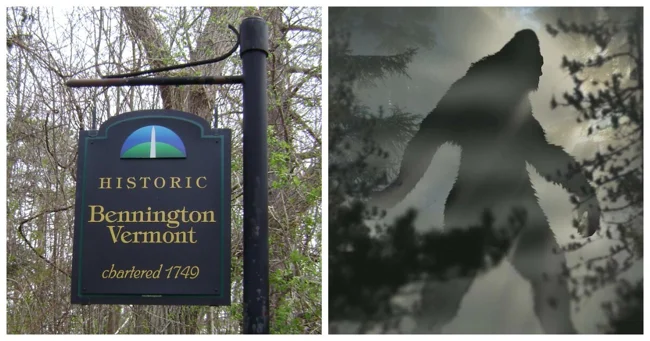
The unknown has fascinated New England writer Joseph A. Citro since childhood. This master of the strange began writing horror stories. Then he began to obsessively collect regional folklore, paranormal stories, and generally strange occurrences. 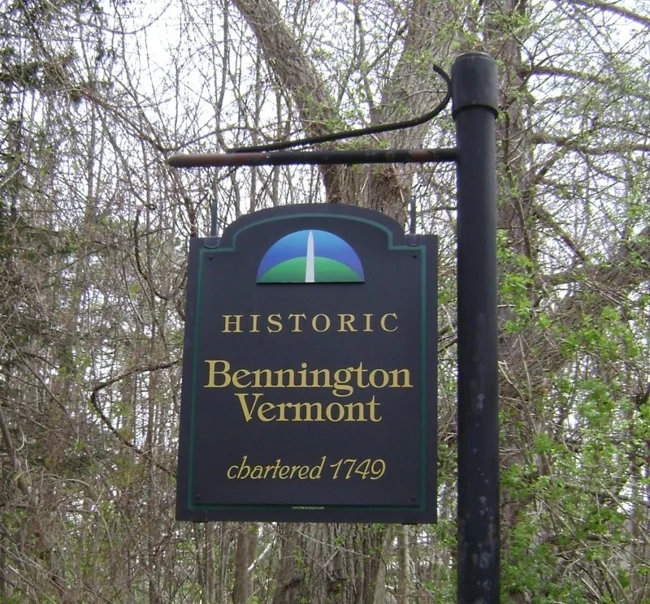
Citro believed that this part of Vermont's Green Mountains was a magnet for unexplained disappearances and supernatural encounters. He called the area the Bennington Triangle.
Bennington had been down on its luck since the 1800s. The local economy, largely based on mining and logging, had declined. Tourism failed, and a devastating flood devastated the community in the late 19th century. That bad luck carried over into the 20th century.
One by One 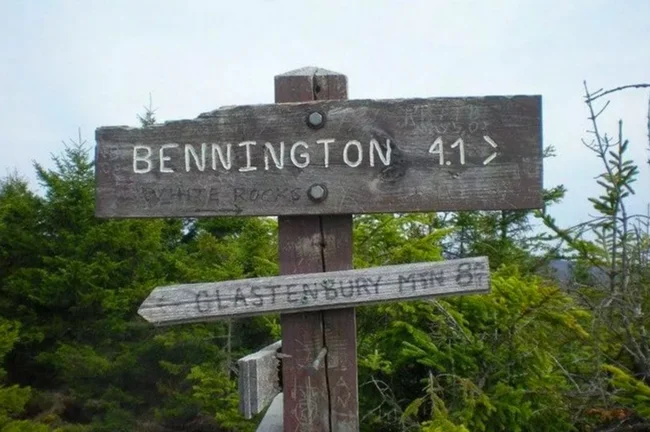
From 1945 to 1950, six people disappeared in quick succession. The first was Carl Herrick in November 1943. This case is often overlooked when discussing the Bennington disappearances because a body was found and a definitive cause of death was determined.
Carl was hunting with his cousin Henry 10 miles northeast of Glastenbury Mountain, which is at the center of the triangle. The pair became separated, and Henry contacted authorities to help find his relative. A few days later, searchers found Herrick's body. His pistol was lying nearby, but no bullets had been fired. An autopsy showed that the cause of death was compression: his ribs had punctured his lung. The townspeople were not particularly concerned, not considering the death criminal.
Two years later, on November 12, 1945, an experienced hiker and hunter named Middie Rivers went missing. The 74-year-old man was leading a group of four hunters on a mountain hike. He knew the trail well, as he had walked it many times. However, after walking ahead of the group at a place called Hell Hollow Brook, he disappeared.
Firefighters, local volunteers, and even the military searched for Rivers for over a month. The only clue they found was a single rifle casing. No body was found, and the case remains unsolved.
The Missing College Girl 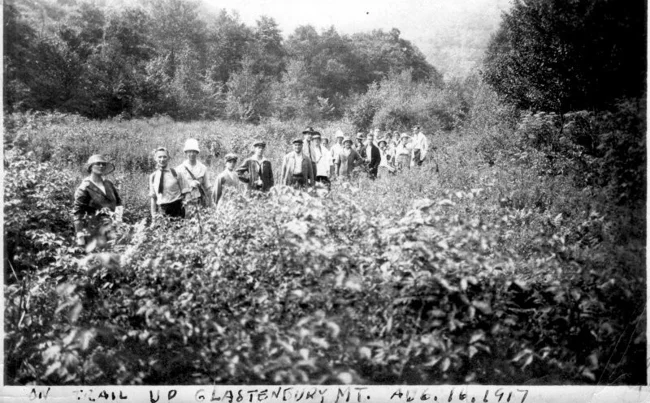
On the Glastenbury Trail, 1917
A year later, in 1946, an 18-year-old Bennington College student named Paula Jean Welden told her roommates she was going hiking on the Long Trail. A local named Louis Knapp gave her a ride and dropped her off a few miles from the trail.
Upon arrival, she spoke with several hikers before setting off on her own. She was last seen on December 1 wearing a red coat. A four-week search led by her father and the police began. However, all leads proved to be dead ends.
Seeing no hope, Paula's father decided that she may have had a secret admirer, with whom she had run away or who had killed the poor girl. The man left Bennington, and the case remained unsolved.
Stranger than Stranger 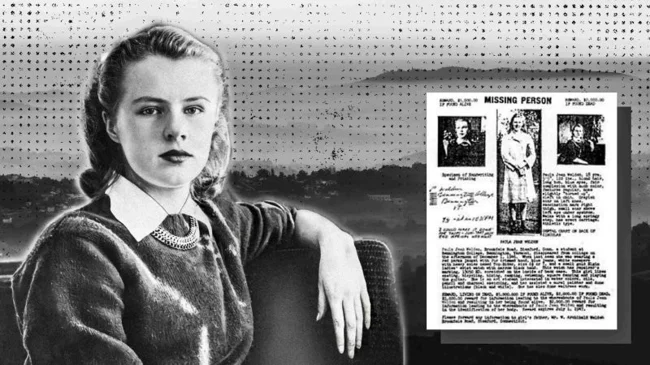
Paula Jean Welden
The story gets even stranger. Exactly three years after Paula's disappearance, a 68-year-old World War I veteran named James Tedford disappeared on a moving bus. He had been visiting friends out of town and was returning to Bennington. Fourteen passengers confirmed that the man did not get out and slept for the entire trip. His belongings were left on the seat. There is still no explanation for his disappearance, unless all the witnesses were mistaken or lied.
On October 12, 1950, eight-year-old Paul Jepson was with his mother while she was working on the family farm. She left her son in her pickup truck for an hour while she fed the pigs on the farm. When she returned, the child was gone. The boy was last seen wearing a red coat.
More Dead Ends 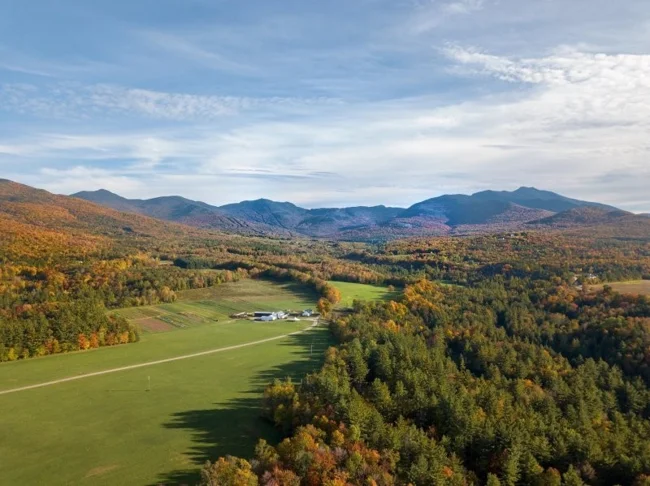
Green Mountains, Vermont
A search was immediately launched on the farm and in the surrounding area. A police bloodhound followed the trail to the crossroads where he disappeared. The trail led in the direction of Glastenbury Mountain, which Jepson had been talking about obsessively for several days before his disappearance.
Police suspected that a passing motorist may have abducted Paul as he attempted to reach the mountain. However, the case was hushed up and nothing further happened.
More than two weeks after Paul Jepson disappeared, Freida Langer, 53, an avid walker, met a similar fate. She and her cousin Herbert Elsner were hiking 17 kilometers (11 miles) from Glastenbury Mountain, in the Somerset Reservoir area. Drenched after falling into a stream, she returned to the campsite to change.
Herbert waited for his sister on the trail. When Freida failed to return, Herbert issued a missing person’s warrant. Over the next two weeks, 400 people searched the area. Six months later, her body was found 5.5 kilometers (3.4 miles) from the campsite. Coroners were unable to determine the cause of death due to the advanced decomposition of the body.
Theories 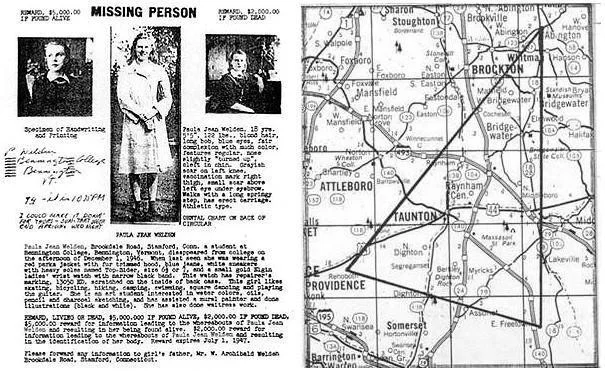
Paula's Disappearance Flyer and the Bennington Triangle
The folklore surrounding the Bennington Triangle involves UFOs, curses, Bigfoot, and more. The Abenaki tribe believed that Glastenbury Mountain was cursed because their dead were buried at its base. However, there are several connections that can be made between the incidents.
The two victims, Paula and Paul (ironically), were wearing red. All five victims disappeared in the middle of the day, around 3:00 or 4:00 p.m., not far from each other, and in the last three months of the year.
The first thought that comes to mind is the work of a serial killer. However, the diversity of genders and ages does not fit the usual modus operandi of a serial killer. There is no definite pattern. It seems to have more to do with the geographical location.
The harsh terrain and unpredictable weather are the most plausible explanations. The winds and temperatures in this region are very changeable, especially in winter. The wind even causes plants to grow at odd angles.
Dark Forest 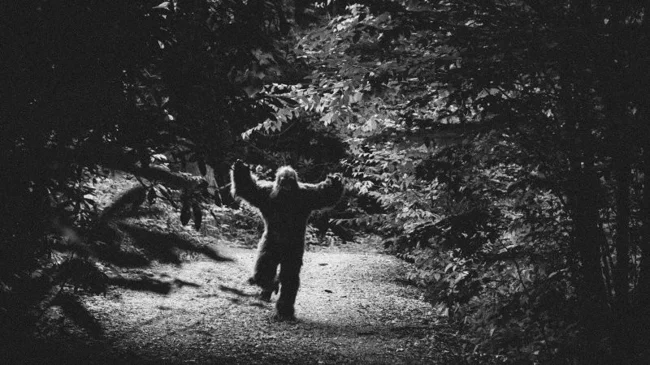
It is possible that the wild winds and dense forest disoriented these tourists. In 2008, Robert Singeli got lost in heavy fog and spent the night in the forest, warming himself around a small fire he had made. Luckily, he was able to return to his car in the morning. Others may have died of hunger, thirst, or hypothermia. But why are there no bodies or other evidence?
The second most popular theory is that the tourists fell into unmarked mine shafts. Given the remoteness of the area, if the tourists had fallen into one of these mines, they would never have been found. 
A puma is a rarity here
A third, less plausible theory is an animal attack. There are pumas and black bears in the area. But eastern pumas are extremely rare, and they were even rarer back then. They may have disappeared from New England for several decades around that time. But puma attacks are unusual. And while black bears have killed people on rare occasions, there have been no serial killers among these animals, unlike tigers in India or crocodiles in Africa.
But these are just versions. And the Bennington Triangle continues to hide the truth from everyone.
Add your comment
You might be interested in:
